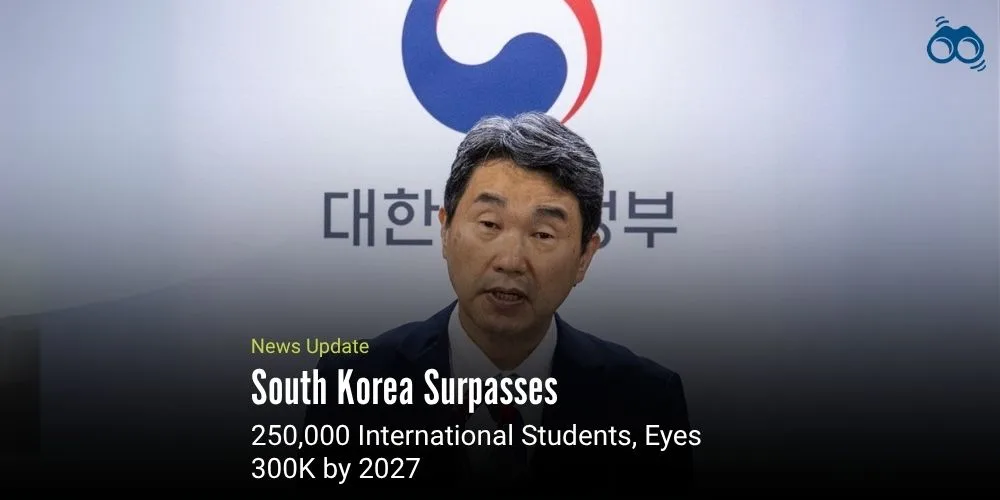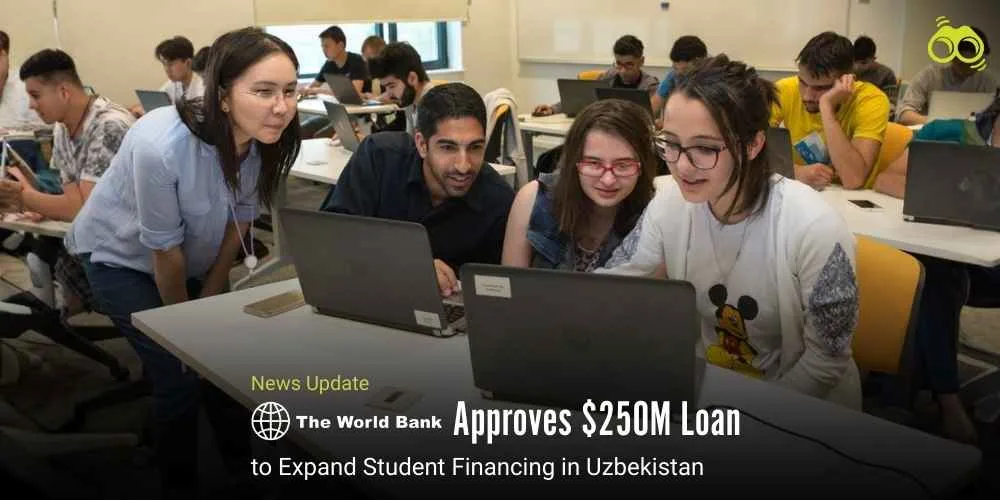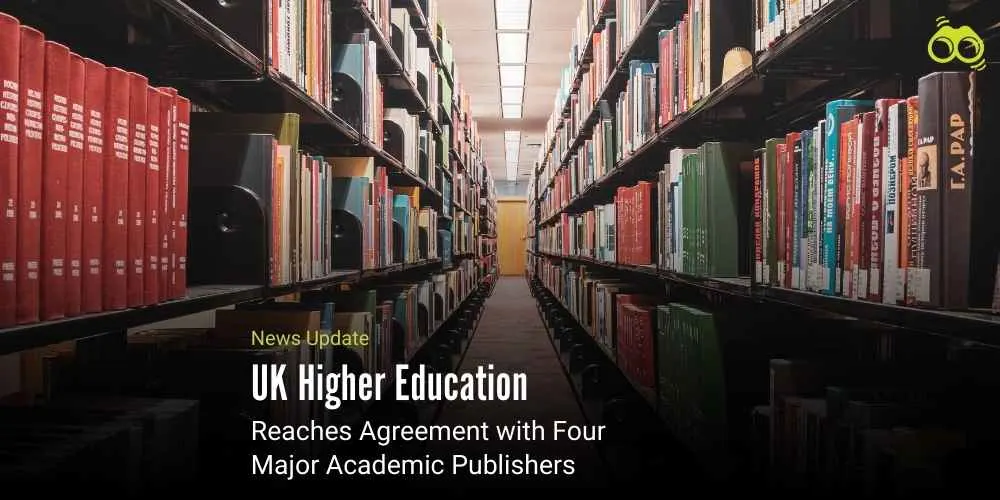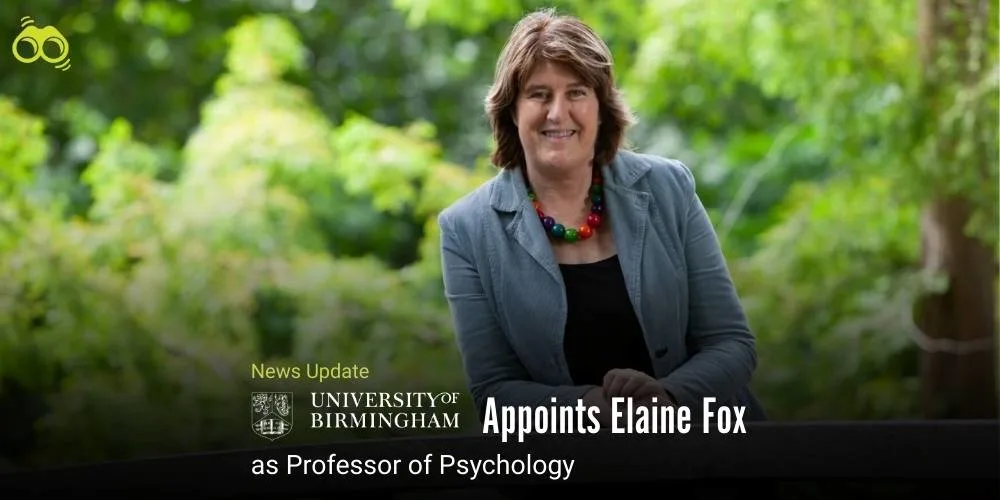Korean Universities Attract Global Talent with Scholarships and Career Support
Study Korea 300K Plan Gains Ground with 21% Rise in Enrolments
International students have changed the traditional norms of overseas education; most of them are now choosing countries beyond the usual options such as America, Australia and the UK, instead they are looking for better opportunities in places like South Korea, Germany and Japan. Latest statistics published by the Ministry of Education, South Korea, reported that the country saw a big increase in foreign student enrolment, which raised hope to welcome more students in future. The data reflected that over 253,000 international students were studying in South Korea by April 2025. This is the first time the number has gone over 250,000, and it marks a 21.3% rise compared to last year. The growth shows that more students are choosing South Korea for its quality education, modern campuses, and strong support for overseas learners.
The government’s “Study Korea 300K” policy is working well, aiming to bring in 300,000 international students by 2027 and make South Korea one of the top ten study-abroad destinations globally. Officials mentioned that this year's goal had already been achieved, and the overall goal now seems well within reach. The surge in overseas studies in Asia has been most evident in South Korea, where a drive for international study in Korea has picked up momentum. Out of the number, 179,000 students were reported to be working on full degrees, representing more than 70% of the enrolments. Although humanities and social sciences were still the most sought-after disciplines, their proportion decreased marginally, while education in Korean universities in the STEM area observed a significant increase, now constituting close to 24% of foreign enrolments. This reveals increasing interest in science, technology, engineering, and mathematics among international students.
By origin, the largest number of students came from China, followed by Vietnam, Uzbekistan, and Mongolia. Though Korean universities in Seoul still draw large numbers, the foreign student concentration in the capital area has reportedly relaxed. Non-capital areas have been hosting close to 46% of international students, with North Chungcheong and North Gyeongsang Provinces experiencing the most growth. The growth was caused by the complete roll-out of the RISE programme, which promotes cooperation among local authorities, universities, and enterprises to develop individualised recruitment plans and scholarships for South Korean studies. Such endeavours have been facilitated by Korean Education Centres in 22 nations, having given priority to major markets like Vietnam, Uzbekistan, and Kazakhstan. Activities involved study fairs, university collaborations, and one-on-one counselling to appeal to high-calibre candidates to leading Korean universities for international students.
For student adjustment, the government has strengthened Korean language classes for overseas students and opened certified language centres across the country. Next year, universities will raise the percentage of new students who have to satisfy official language abilities from 30% to 40%, strengthening South Korea's higher education internationalisation. A new pilot visa scheme is also opening up the opportunity for cities to make changes in D-2 student visa regulations to align with the requirements of the local industries. Busan, for example, offers internship opportunities in semiconductor and electric vehicle battery industries, and Gwangju provides eased financial burdens on students in AI and future mobility courses. These reforms are set to broaden exchange student programs in Korea and enhance career advancement.
Other steps involve more government scholarship awards for graduate students pursuing STEM fields and employment fairs bringing international students together with local employers through the K-Work platform. The Vice Education Minister was quoted as stating that the ministry would continue to enhance support systems and quality management to enable foreign students to settle down successfully and lead careers in Korean society.
Editor’s Note:
South Korea has recorded a significant increase in foreign students in 2025, with more than 253,000 studying at universities there. It is an all-time high and indicates robust progress in the government's "Study Korea 300K" strategy, which seeks to host 300,000 students by 2027. The majority of the students are undertaking full-time degrees, and increasingly, more are opting for science, technology, engineering, and maths (STEM) courses than ever before. Though most still favour humanities and social sciences, interest in STEM is increasing rapidly. Students are coming from numerous countries, with the biggest groups coming from China, Vietnam, Uzbekistan, and Mongolia. Even though Seoul is always a favourite, students are increasingly studying in other areas such as North Chungcheong and North Gyeongsang Provinces. This is also partly because of the RISE programme, which assists local governments and universities in collaborating on providing scholarships and improved support for international students. Korean Education Centres in 22 countries also assisted by conducting study fairs and counselling students who wish to study in Korea. In an effort to make students feel at home, the government has introduced additional Korean language classes and certified centres nationwide. New visa policies now enable cities to change student visa requirements according to local employment demands. For instance, Busan provides internships in technology sectors, while Gwangju provides subsidies to students in AI and mobility studies. Additional scholarships and job recruitment fairs are also being provided, assisting students in obtaining employment upon graduation.
Skoobuzz underscores that the initiatives by South Korea reflect that the country is making a strong effort to open up its universities to be more receptive and beneficial to students all over the world.
FAQs
1. How many international students are in South Korea in 2025?
As of April 2025, there are 253,400 international students enrolled in South Korean universities. This is the highest number ever recorded and shows strong growth in overseas education in Asia.
2. Which Korean universities are best for international students?
Top Korean universities for foreign students include Seoul National University, Korea University, Yonsei University, KAIST (Korea Advanced Institute of Science and Technology), and POSTECH. These are known for strong academic programmes, good support for international students, and global partnerships.
3. Does South Korea offer scholarships for foreign students?
Yes, South Korea offers many scholarships for studying in South Korea. These include government-funded programmes like the Global Korea Scholarship (GKS), university-specific awards, and support through the RISE programme in regional areas. Scholarships often cover tuition fees, living costs, and language training.
4. What is the 2027 target for international students in Korea?
The South Korean government aims to attract 300,000 international students by the year 2027. This is part of the “Study Korea 300K” plan to make South Korea one of the world’s top ten study-abroad destinations.
5. How can I apply to study in South Korea as a foreign student?
To apply, you usually choose a university and submit an online application through its international admissions portal. You’ll need academic records, proof of language ability (Korean or English), and sometimes a personal statement or recommendation letters. For visa purposes, you apply for a D-2 student visa after receiving your university acceptance.














0 Comments (Please Login To Continue)